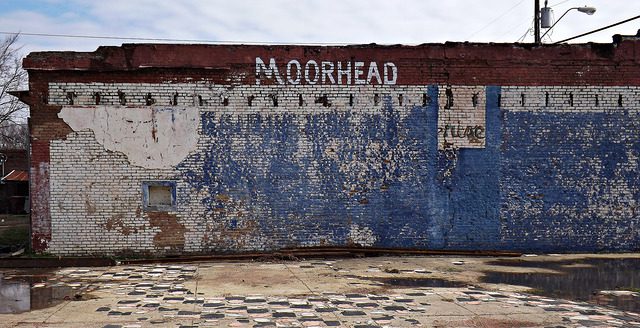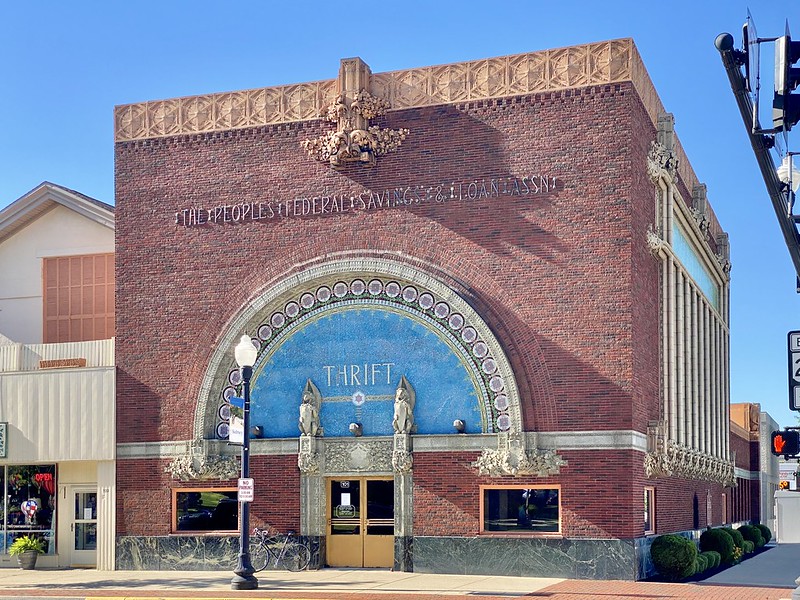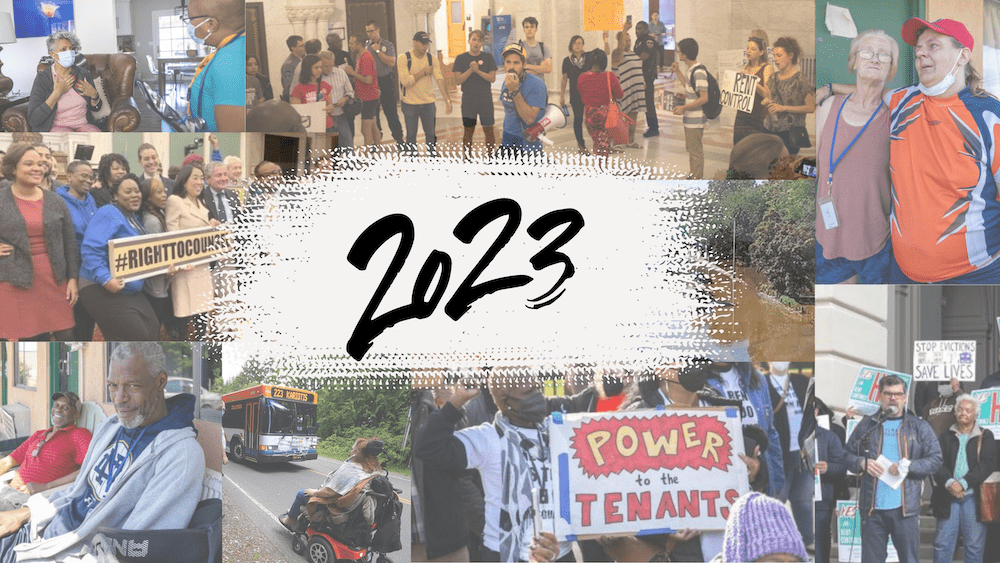
The tour was part of the NeighborWorks America “Hope in the Delta: Turning the Tide on Persistent Poverty” conference, where community development professionals and supporters convened to share and develop strategies to tackle rural poverty.
While there were signs of advancement, such as small businesses that had been financed, dilapidated housing units that were being redeveloped, new credit union branches that had replaced closed bank branches, and many dedicated local leaders working to improve their towns, these elements of promise were set against the backdrop of conditions that disproportionately plague these places—substandard housing, underperforming schools, inadequate access to quality health care, and limited private and philanthropic investment.
These kinds of meetings remind those who do not live in these places about the importance of making rural poverty a national priority. They also provide the opportunity to share ideas and ponder new approaches and innovative partnerships that combat the persistent poverty that exists in 353 counties across the nation—one quarter of them in Mississippi, Arkansas, and Louisiana.
While the NeighborWorks conference took place in the Mississippi Delta, similar challenges exist across the country, in Appalachia, along the U.S.-Mexico border, throughout Indian Country, in the Heartland, and the Rust Belt. Poverty is no respecter of place. Or of race.
Several strategies highlighted during the conference are discussed in a paper titled, “Turning the Tide on Persistent Rural Poverty: Blueprint for a Path Forward.” Its recommendations focus on developing local leaders, promoting investment, improving the effectiveness of government programs, and local and regional collaboration. The paper also underscores the importance of changing the narrative with regard to these communities by highlighting examples of progress like those seen during the Delta tour.
Without question, government resources and smart policies are necessary to combat rural poverty. Initiatives such as the 10-20-30 plan advocated by South Carolina Congressman James Clyburn, which would require targeted federal programs to direct at least 10 percent of total investments to counties where at least 20 percent of the population has lived under the poverty line for 30 years or more, would make a significant impact and should be supported.
Approaches like this would pave the way for private sector investment.
During the Delta tour, participants who visited the small town of Moorhead saw a crumbling housing complex being redeveloped. It was made possible with a $3 million public-private partnership. Through our Small Towns Partnership, HOPE is providing technical assistance to Moorhead and several other towns to identify high-priority projects and find the resources for implementation.
The city of Drew is also participating in the Small Towns Partnership, and we stopped there to hear from local leaders about what Moorhead, with a population of 1,941 and a poverty rate of 47.8 percent, needs for revitalization.
Inside the community center, we listened as the mayor, a county supervisor, the county economic development director, and a young parent each touched on creating opportunities for the community’s youth to thrive.
Good education, jobs, health, and housing dominated the conversation. People anywhere would agree that these elements are vital to a community’s prosperity, but people in persistent poverty communities have largely been left out of that conversation, and are thus woefully behind. To turn this tide, policymakers, corporations, foundations, and voters must ensure that our neighbors in America’s most impoverished places are our nation’s priority.
(Image: ddatch via flickr, CC BY-NC-SA 2.0)






Comments